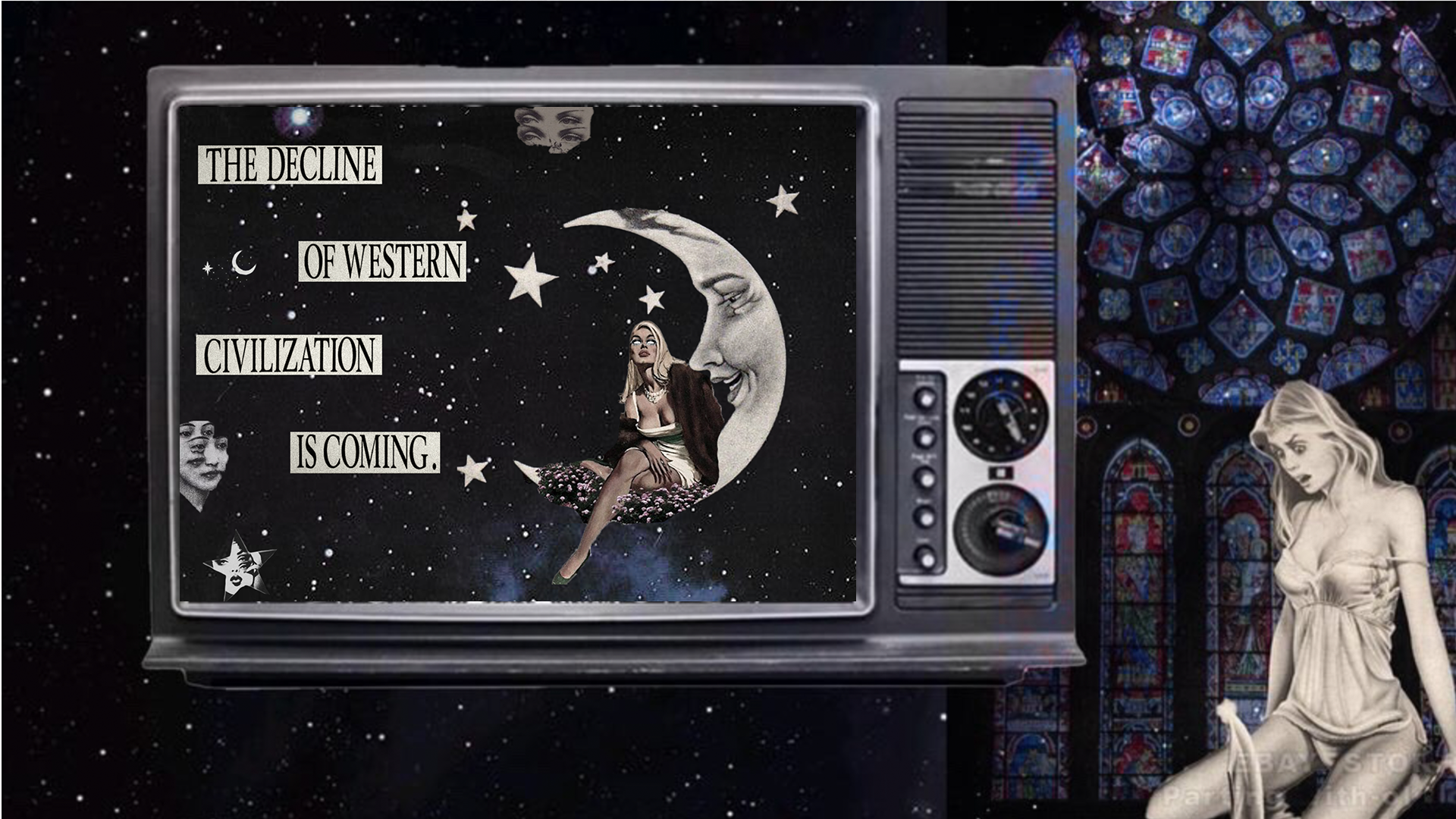Artocracy: Art is True Government
artocracy, the notion that art constitutes the most authentic and justifiable form of governance, proposes a radical reimagining of societal leadership. rooted in the understanding that art is not merely a reflection of culture but a transformative force, this philosophy elevates the artist to the role of statesperson and the creative act to a governing principle. under an artocracy, the structures of power are driven by the ideals of beauty, creativity, and emotional resonance rather than control, profit, or conquest.
the core values of artocracy…
1. vision over rules:
in an artocratic society, vision supersedes rigid rules given to us by the state of our society. just as a painter envisions a painting on their canvas before making the first stroke, leaders would craft policies with an artist’s intuition, guided by empathy, imagination, and the needs of the community rather than bureaucratic dogma.
2. community as a collective canvas:
every citizen is both an artist and a collaborator in shaping the collective masterpiece of society. the artocracy assumes that everyone possesses innate creativity and that governance should empower individuals to express their unique contributions instead of suppressing them and promoting a factory machine of a mind.
3. ethics of aesthetics:
artocracy posits that what is beautiful and moving also holds moral weight. decisions would aim to harmonize human experience with nature, technology, and spirituality, ensuring balance and sustainability for all.
4. emotional intelligence as governance:
recognizing the power of art to communicate what words often cannot, artocracy places emotional intelligence at the heart of leadership. leaders would be chosen not for their ability to debate or enforce but for their capacity to inspire, empathize, and connect.
the seeds of artocracy can be traced to ancient traditions that saw art as integral to governance. in indigenous cultures, storytelling, dance, and music served as vehicles for law and history, embedding collective wisdom in the creative act. similarly, the renaissance idea of the philosopher-king/queen; an ideal ruler who blends intellect with artistry, reiterates artocracy’s principles.
romanticism, with its focus on the sublime and the individual’s connection to nature, also provides a foundation. artists like william blake envisioned societies where imagination, not industrial or political machinery, dictated human progress. more recently, movements like surrealism and nature-tech futurism have hinted at alternative systems of power rooted in creativity and self expression.
what might an artocratic government look like in practice? imagine:
- parliaments of creatives: instead of career politicians, governing bodies would be composed of poets, filmmakers, architects, and musicians whose expertise lies in translating human experience into vision and action.
- museums as halls of governance: rather than sterile government buildings, public spaces would be immersive environments that inspire innovation and collective dreaming.
- policies as living works: laws and decisions would evolve like art, adaptable and reflective of the society they serve, with citizens actively involved in their creation.
of course, artocracy faces significant critiques. one might argue that art, while inspiring, lacks the structure and precision needed for effective governance. how can abstract beauty translate into the practicalities of health care, infrastructure, and justice systems? and moreover, the subjective nature of art raises concerns about elitism and exclusion… whose vision of beauty would prevail?
despite these challenges, artocracy invites us to reconsider the values underlying governance. in a world increasingly driven by algorithmic efficiency and technocratic control, artocracy is a concept here to remind us of the human need for wonder, meaning, and connection.
artocracy is not just a proposal for political reform, but as well as a call to reawaken the soul of society. it challenges us to govern not just with our minds but with our hearts, to create a world as vibrant and unpredictable as life itself. whether or not art can truly govern, it holds the potential to remind us of the highest ideals of leadership: to inspire, to heal, and to imagine.


